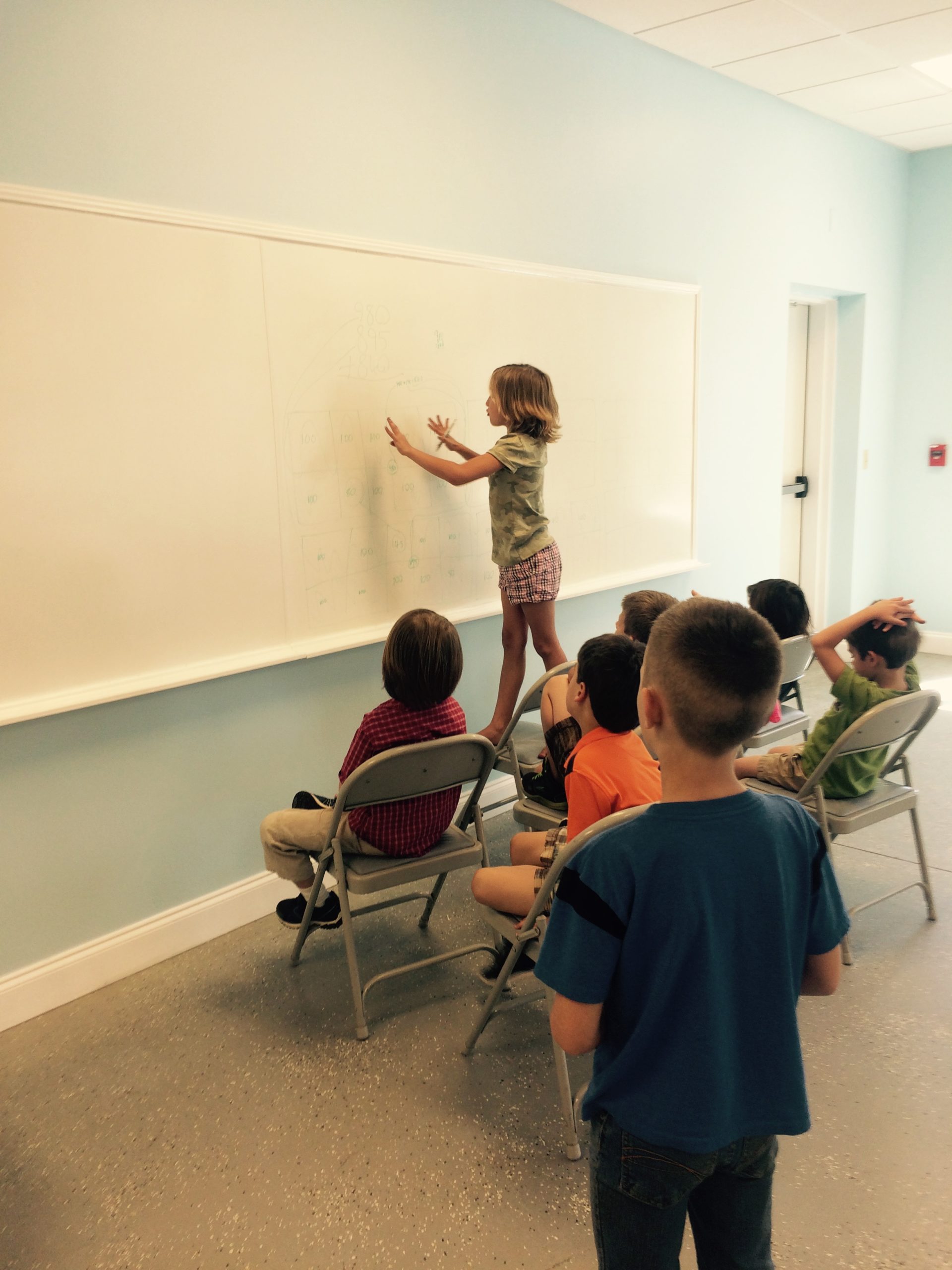The Scarf Model is an effective framework to learn and its principles are a part of the Empowerment Education System and the new paradigm of education. This story is about how one of our teachers in our program applied the SCARF model along with The WAVE Process® Communication to a couple of her students.
Avoidance is an action that all teachers can recognize. It comes in many forms from outbursts, to bathroom breaks, and silliness. When I discovered the SCARF model, I identified 2 students who showed a pattern of avoiding activities. I decided I would try to encourage an approach attitude not with bribery or disempowering consequences but with one of the social experiences that the research suggests.
First, I identified Mikey. During “Morning Meeting” Mikey usually talks and distracts his neighbors. Once redirected with a silent hand signal, he slinks back to his seat and finds another way to entertain himself. He simply has not bought into the importance of the activity. I spoke with him about my observations. I said, “I notice that you don’t want to participate in Morning Meeting.” After a few minutes of talking he had shared that he was “bored” and was “supposed to be in 2nd grade.” I knew that he had been to kindergarten the year before. I also knew that his reading was far above grade level in August. With his talent in reading he had developed a fixed mindset from all of the praise and “easy” work he had done. He believed he was smart so therefore he didn’t need to work hard. His reading level was not indicative of his over all academic success. He had many foundational and social skill deficits that the games and activities in Morning Meeting could address. I knew that he needed a sense of Fairness and Autonomy if he was going to be motivated to participate. I decided he needed a “Buddy” and a “Job”. I knew just the friend. Another repeater and active young man would be perfect and provide a send of relatedness. We had a meeting and shared how both of them are professional kindergarteners and I really needed their help. I told them it was only fair if they had special responsibilities because they had already practiced K so much. I needed them to keep a daily list of what we are learning so that I could make sure I was covering everything. Mikey and his friend began sharing their notes at the end of the day. Their recap was a wonderful opportunity for all students to remember the day’s activities. Mikey was more engaged and eager to be with the group now that he had an important role and a friend to connect with each day. With this new sense of status I am beginning to see that Mikey and his friend are finding “an approach attitude” towards our learning goals.
Then I thought of Izzy, she seemed to always need to go to the bathroom or had a stomach ache during math. I knew that she had a brother in 1st grade and his mom had shared that they did math games together. I began to think her avoidance was a result of her belief about herself as a mathematician. I asked her one day, “Do you think you can do math?” She shyly shook her head no. I knew that this would not be a quick fix. She need lots of validation with her current understanding. We went back and worked on the basics she already had mastered. I gave her support and tried to resist praising and judging the outcomes but noticed her perseverance and helped when she asked. I had begun to foster a sense of certainty that she could in fact “do math.” I then slowly began to give her status in math by letting her share her work with the class. In only 4 lessons I am beginning to see her shift from avoidance to approach mindset and become an empowered learner.
One last thought…There is one thing I have learned. If I am emotionally triggered by a student or a situation in any way, then my ability to have patience, connect, and move forward positively with the student is extremely limited. I have been trained in self-coaching techniques to support myself in doing this which I believe is a must for every regular and assistant teacher. See links below for these trainings.

